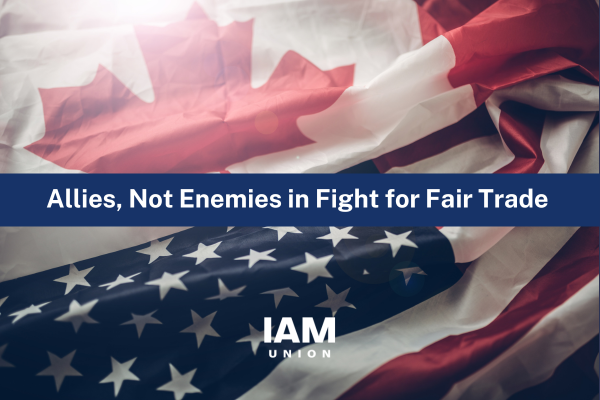Tariffs and taxes both take money from people, but tariffs do it in a sneakier and often more harmful way. Here’s the simple breakdown:
-
Who Pays?
- Taxes: The government takes money directly from your paycheck or when you buy something (like sales tax). You know what you’re paying.
- Tariffs: The government puts a tax on things imported from other countries. But the foreign companies don’t just eat that cost—they raise their prices. So, you end up paying more without realizing it’s a tax.
-
Who Benefits?
- Taxes: The government collects money and (in theory) spends it on public services like roads, schools, or healthcare.
- Tariffs: The money doesn’t go to better services—it mainly protects a few businesses that now have less competition. Meanwhile, consumers (you) pay more.
-
What Happens to Prices?
- Taxes: Prices stay the same, but you have less money after taxes.
- Tariffs: Prices on imported goods go up. Even U.S. companies raise their prices since there’s less competition.
-
Who Gets Hurt?
- Taxes: People might have less money, but at least they know where it’s going.
- Tariffs: Everyone pays higher prices, including businesses that need imported parts. This can lead to layoffs, higher costs, and even a weaker economy.
The Bottom Line:
Raising taxes is painful, but it’s at least clear and can fund useful things. Tariffs quietly raise prices on everything, hurt businesses, and make you pay more without you even realizing it. It’s like a hidden tax that doesn’t even help you.






